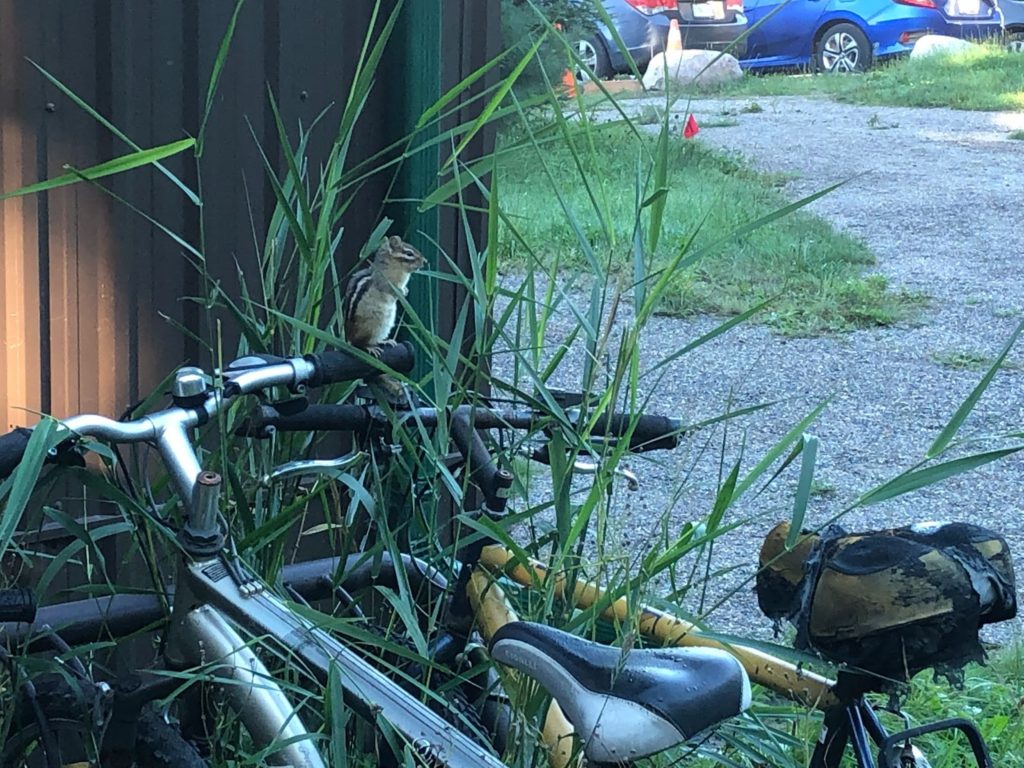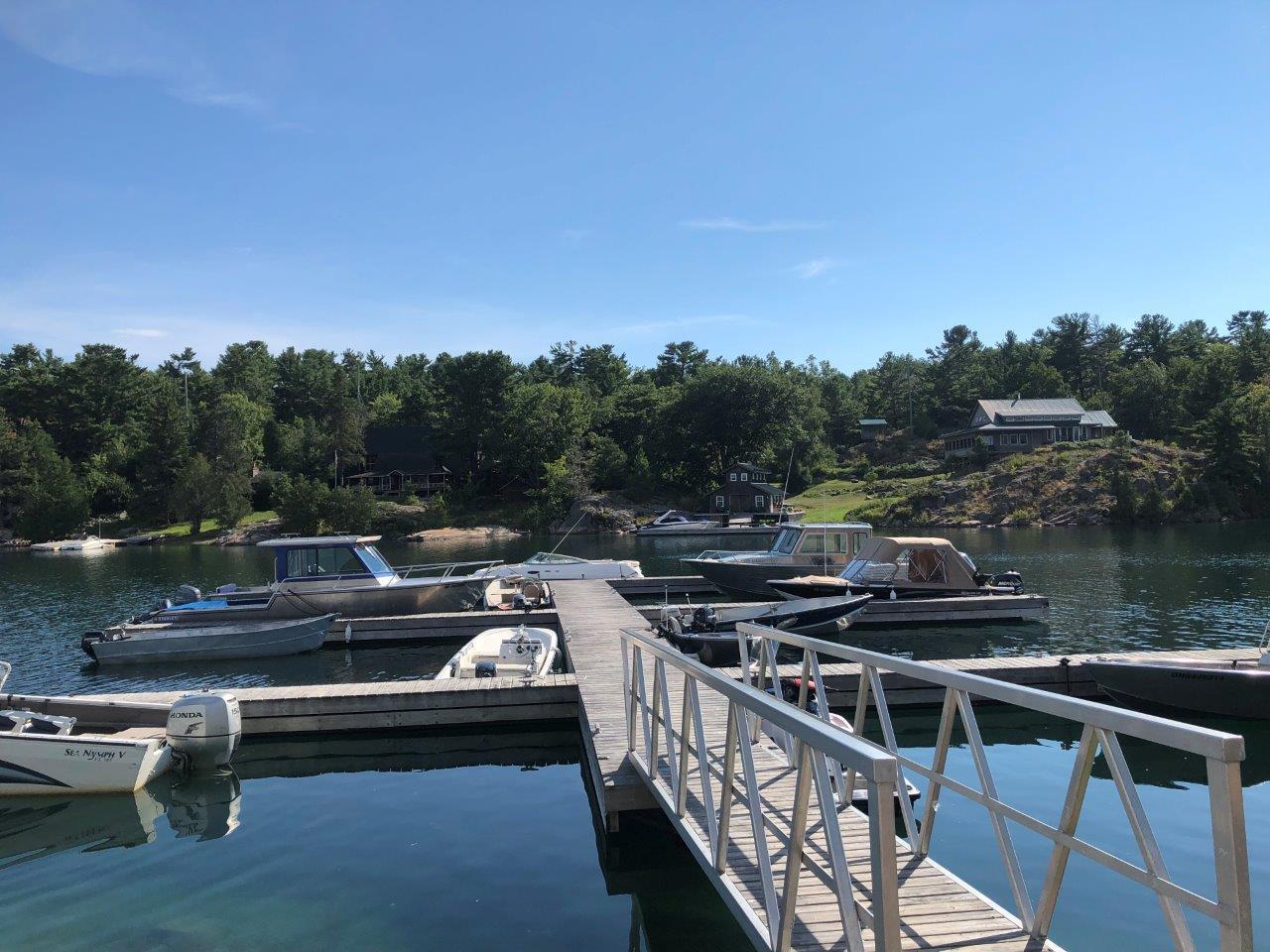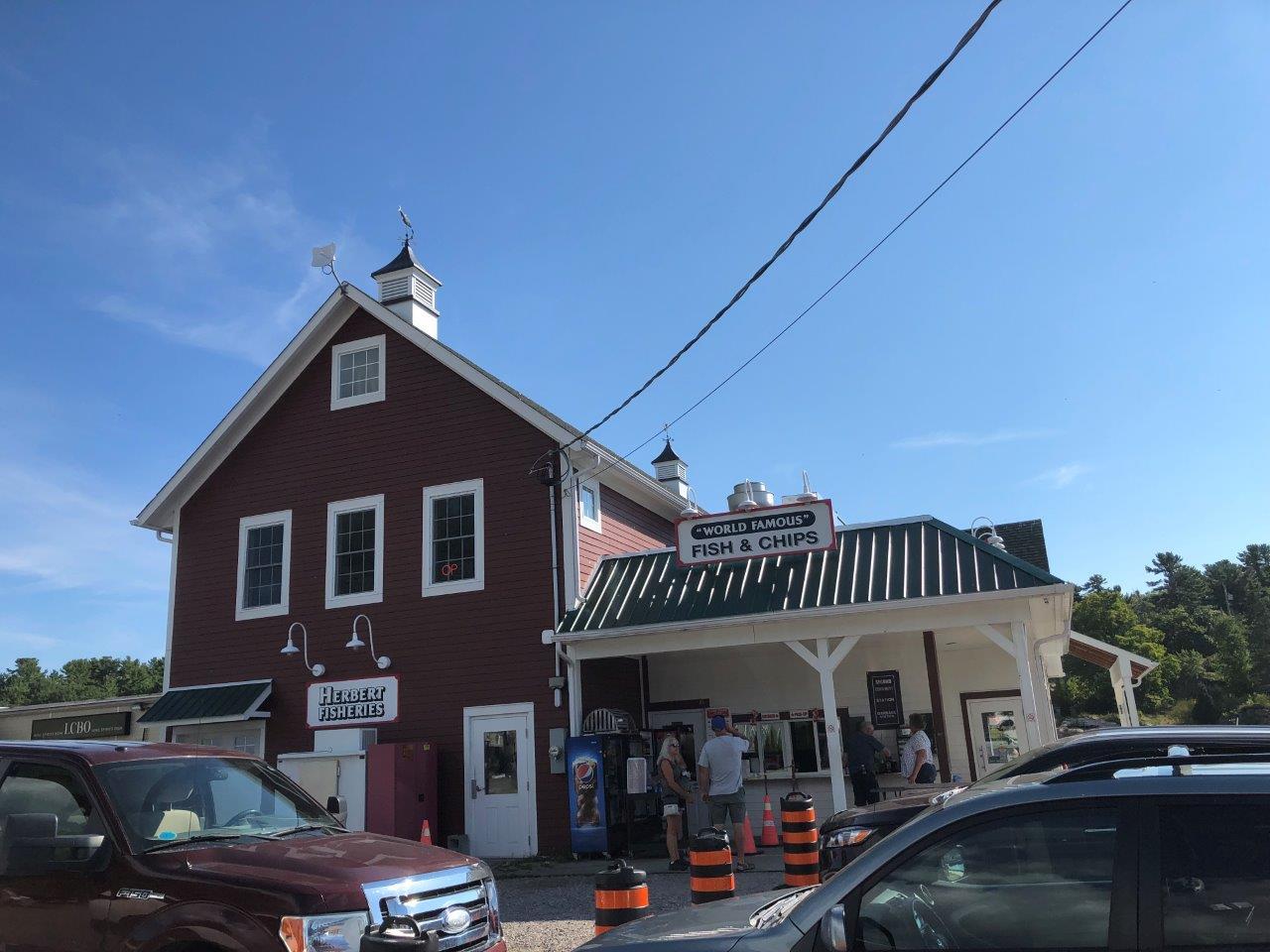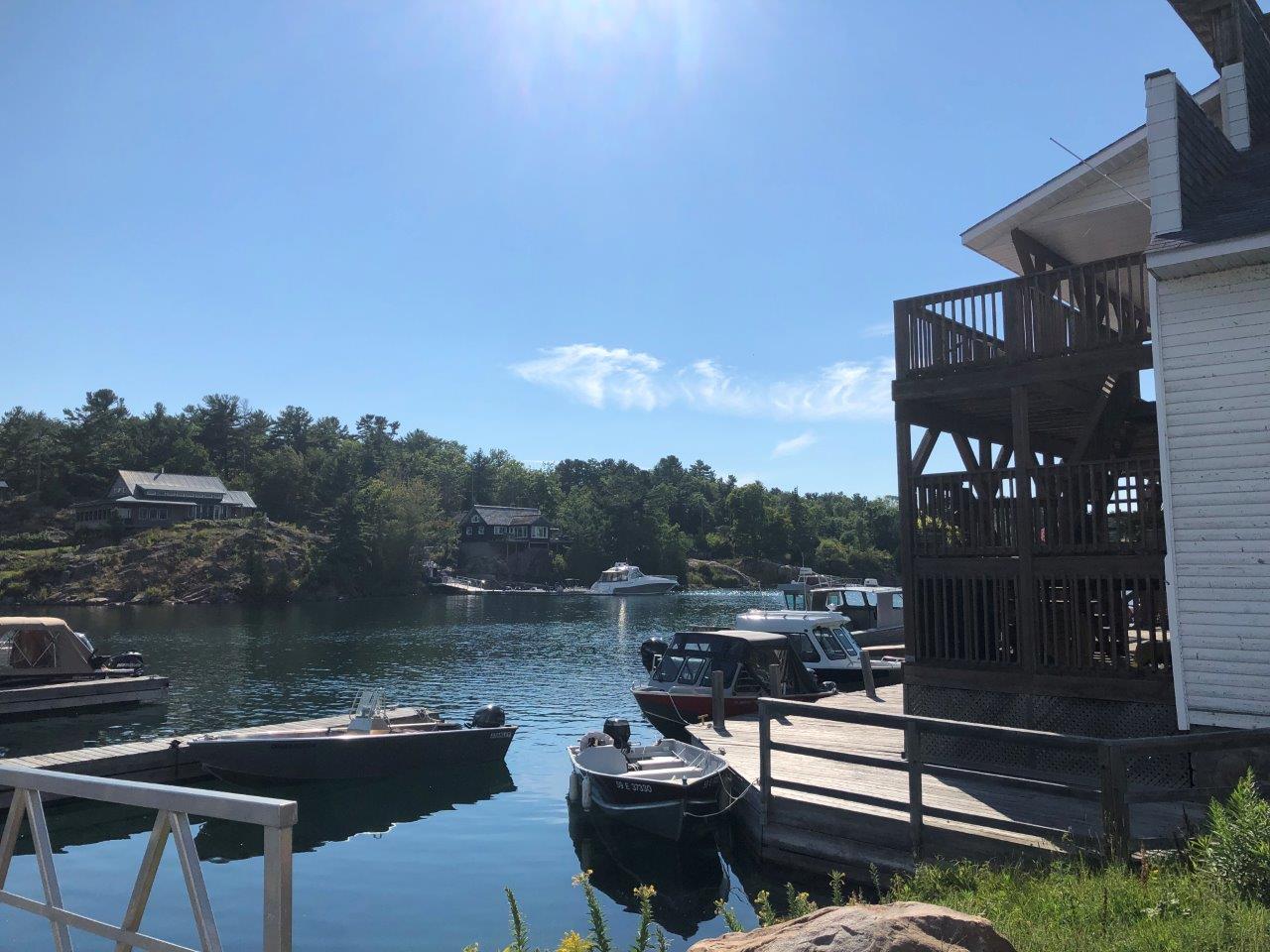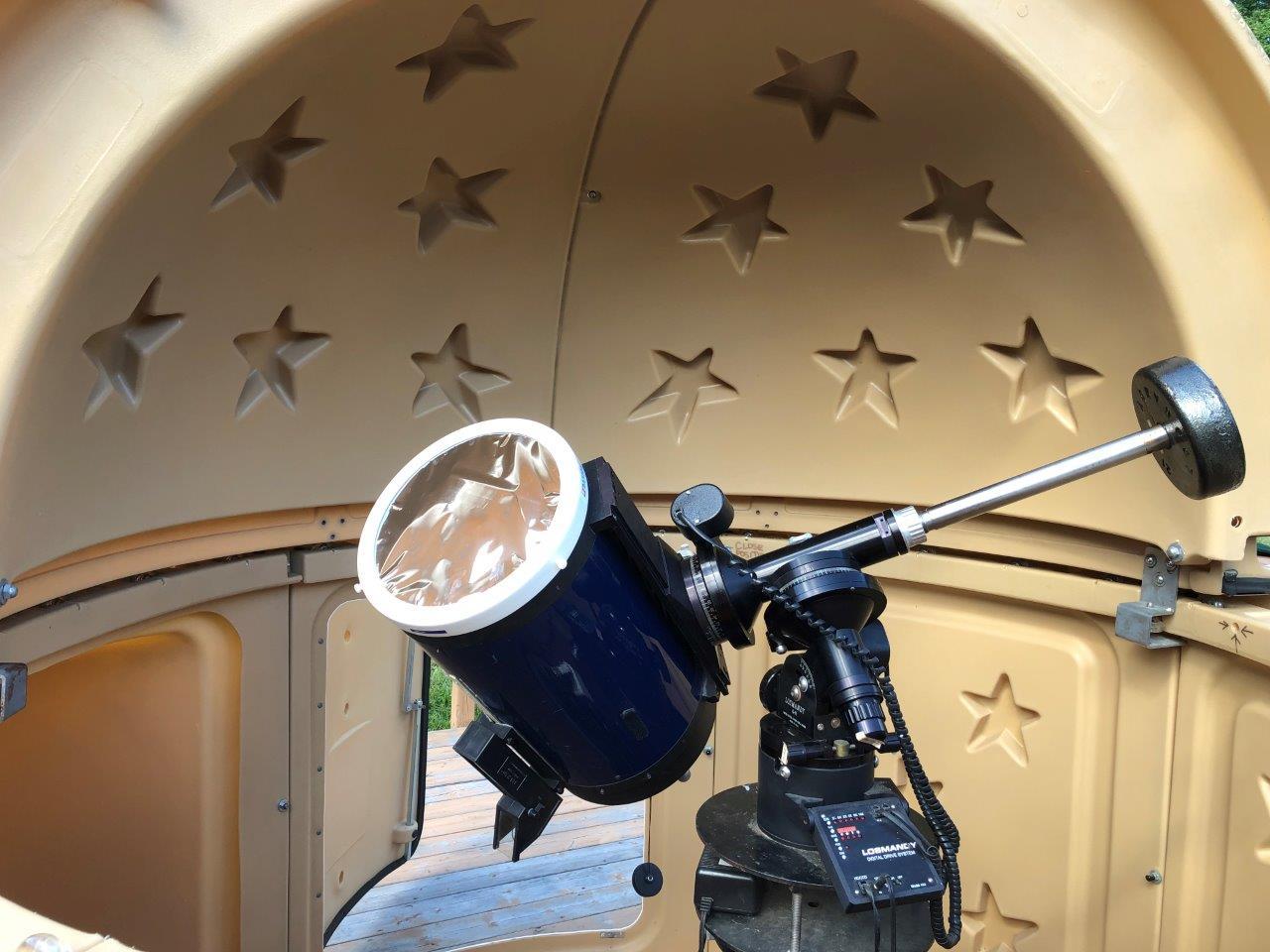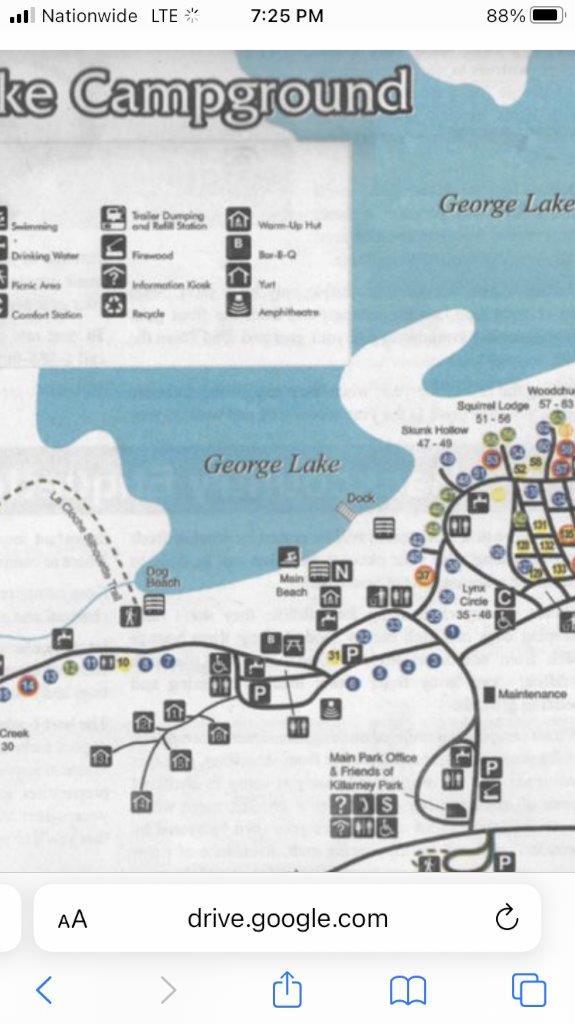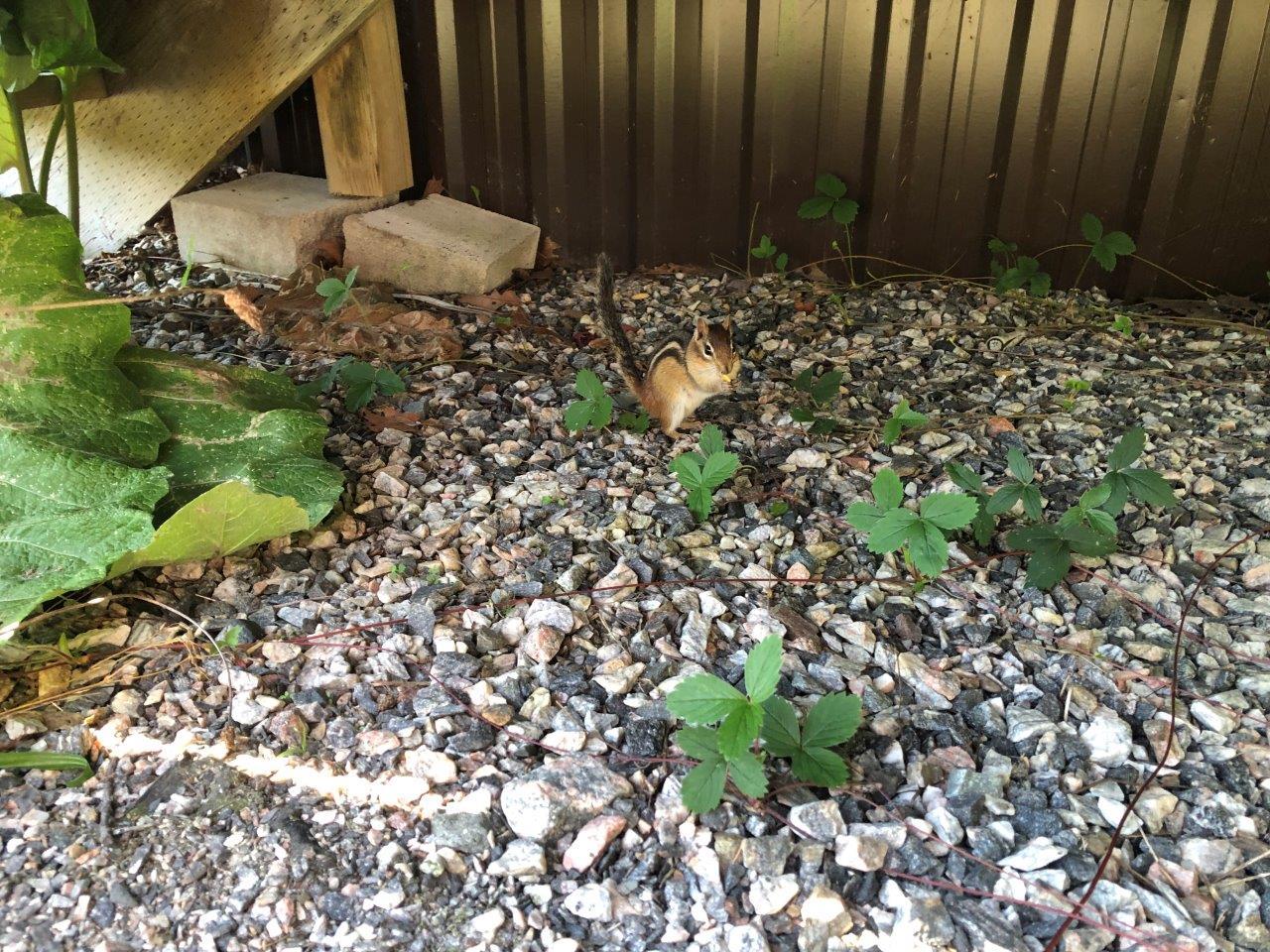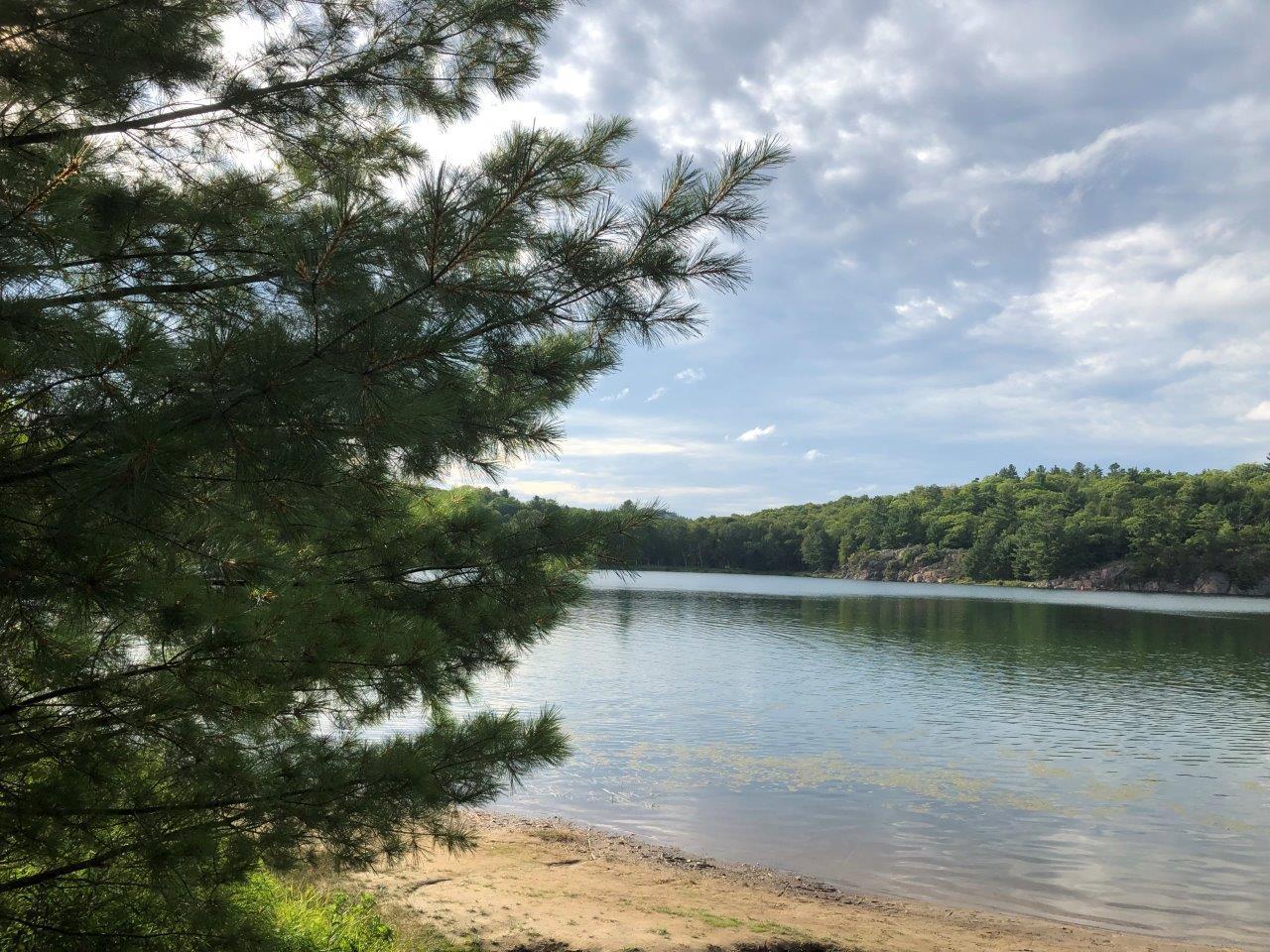ASTRONOMER IN RESIDENCE
Elaina Hyde
August 22 - September 4, 2022
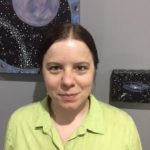
Dr. Hyde is the Director of the Allan I Carswell Observatory and AIR program contact. Her research is "in and above the cloud", combining astrophysics, data science, cloud computing, planetary sciences, optical engineering, telescope operations and telescope observations. She has worked with instrumentation and telescopes around the world, and currently provides technical leadership for York University's Allan I. Carswell Astronomical Observatory. Her motivation is the promotion of astronomy education and research through public telescope activities and exploration. As a lecturer, trainer, and consultant, she innovates teaching methodologies for interdisciplinary audiences across the sciences as well as for businesses, students and the general public.
Read Elaina's blog posts as an Astronomer in Residence:
Finally I am heading up to Killarney Park to start my astronomer in residence tenure! I wasn’t sure that I was going to manage it with all the challenges around renting a car in Toronto but it looks like I am going ahead! The weather is terrible and rainy and without a chance for observing I decided to drive up on Tuesday morning. Pro-tip, don’t ever try to park in downtown Toronto! The rainstorm didn’t help but I eventually found paid parking only 5 blocks away from where I live. Deciding what to bring is the hard part since you always miss something as soon as you are away from home.
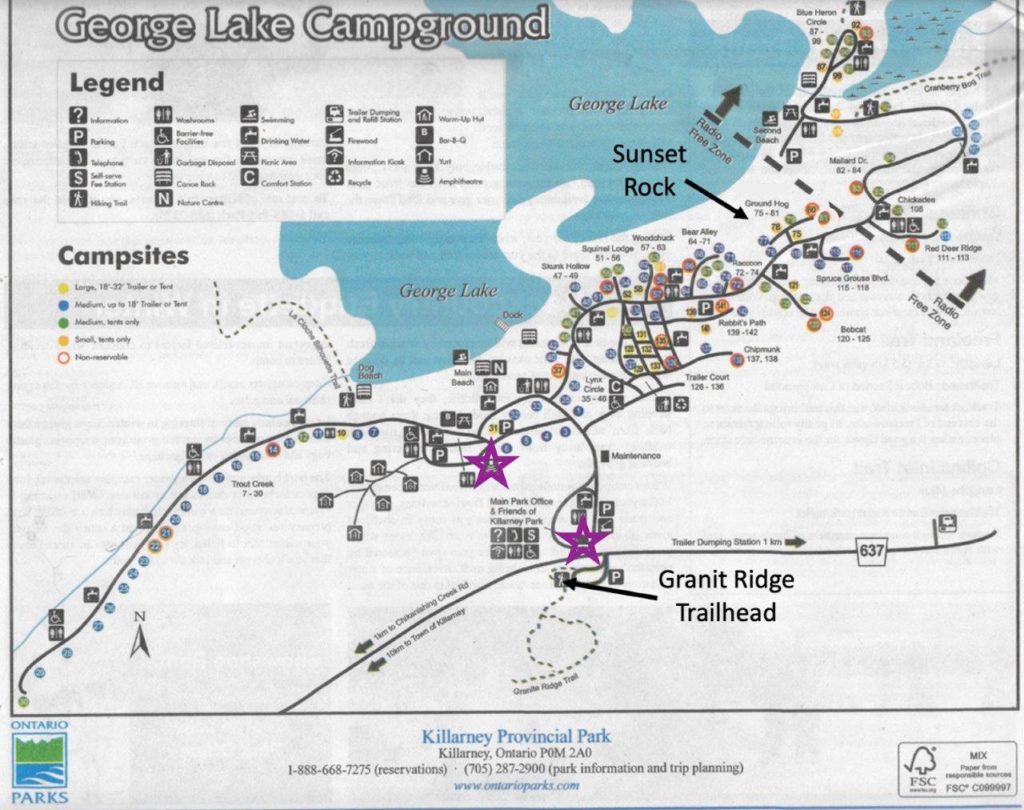
All dangers aside I am looking forward to some constellation hopping and some good old fashioned lawn chair astronomy. Kathleen made a wonderful schedule for my first week and, if you are onsite you can find astronomy this week:
- Wednesday August 24th AIR Explore the night Sky 8pm Amphitheater
- Friday August 26th AIR Drop in on the Sun 2-4pm Park Observatory
- Saturday August 27th AIR Drop in on the night sky 10pm-12 (midnight) Park Observatory
If you are going to be at the park this week you might be wondering how to find us! I have marked the locations of the amphitheater and the visitors center (where we meet to go to the observatory tours). See the map just for some handy directions. Note that the picture on signs in the park might be different than what is on the map (they get updated occasionally), but the location will be correct.
The apartment at Killarney is wonderful, but it turns out even a spoiled camper (the apartment lodgings are the best camping I’ve ever seen!) should not forget to pack a towel. I seem to recall the importance of towels being heavily emphasized in at least one vital astronomy text… Since I was able to escape the confines of Toronto traffic early this morning I am hoping to find a replacement in the small town of Killarney this afternoon.
The weather has improved tremendously since Monday and if it stays clear I also hope to try a short livestream or video capture. Fingers crossed!

Where to get a towel in Killarney? Of course the local convenience store! There’s an ‘Outfitters’ that sells special space fiber 45$ towels but it’s only 10$ at the little store in town. You can’t miss it because it’s also the only store in town! I stocked up on a few supplies and had a look around, Killarney has a wonderful lake and some lovely houses across the water that make for lovely viewing if you are stopping for a few minutes.
I ran some tests tonight on our eVscope from York that I hope to start streaming with but it will have to wait for another night as I ran out of steam after 11 or so. Planning to sleep in on Wednesday and prepare for my first AIR presenting trip.
Tonight I am giving my first talk on site at the amphitheater location, ‘Explore the Night Sky’, one of my favorite topics and what better place than a dark sky site to go and look uppity! It’s the first time I have been out to the amphitheater location and it is an ideal open air forum. Especially with the pandemic this type of open talk forum is ideal for astronomy and for sharing fun sky information. Despite the paw prints on the flooring (a bit regular if you ask me), we did not see any bears but we did see Vega shining brightly overhead by the end of my talk at 9pm.


If you would like to play along with us at Killarney Park and are at a similar location (for example in Ontario) the star chart we are using is the August Evening Sky Map from Skymaps website, you can find it yourself here: https://skymaps.com/downloads.html and as an example I have included the skymap that we used over on the right hand side of this blog. If you are in a different location for example equatorial or southern hemisphere, make sure you go down to those areas before you choose the starmap so that it will show you what is up where you are tonight. One thing that is common for all Earthlings is that the moon is currently on the same side of Earth as our Sun (or nearly so) which means it is going into a new phase and will not be visible at night. This also means that it is a great time to try to view and image very dim objects in the sky like galaxies, nebulae and star clusters. I am hoping that on our Saturday viewing session we might get to see the Andromeda Galaxy (once thought to be a nebula itself before telescopes improved!).
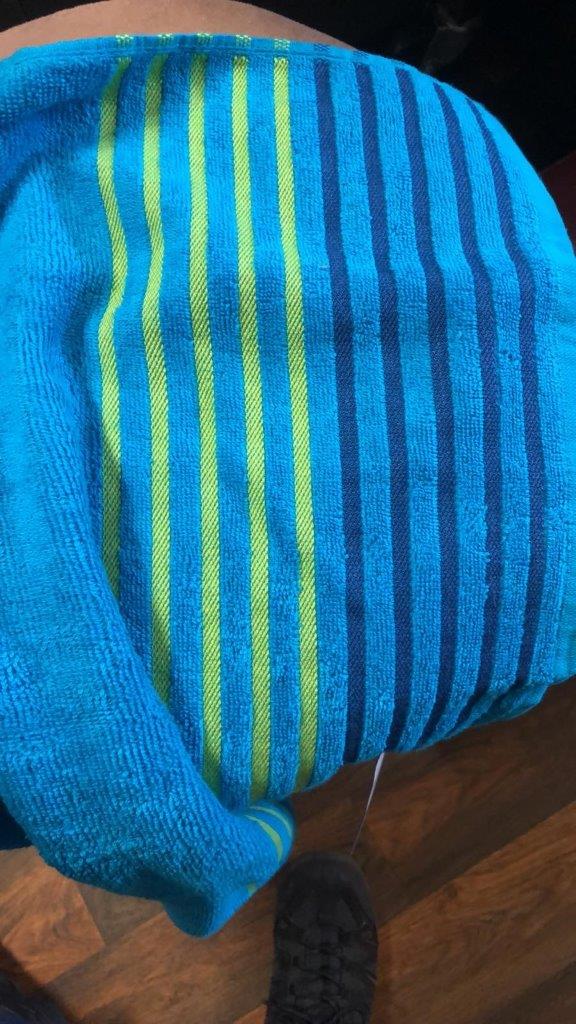
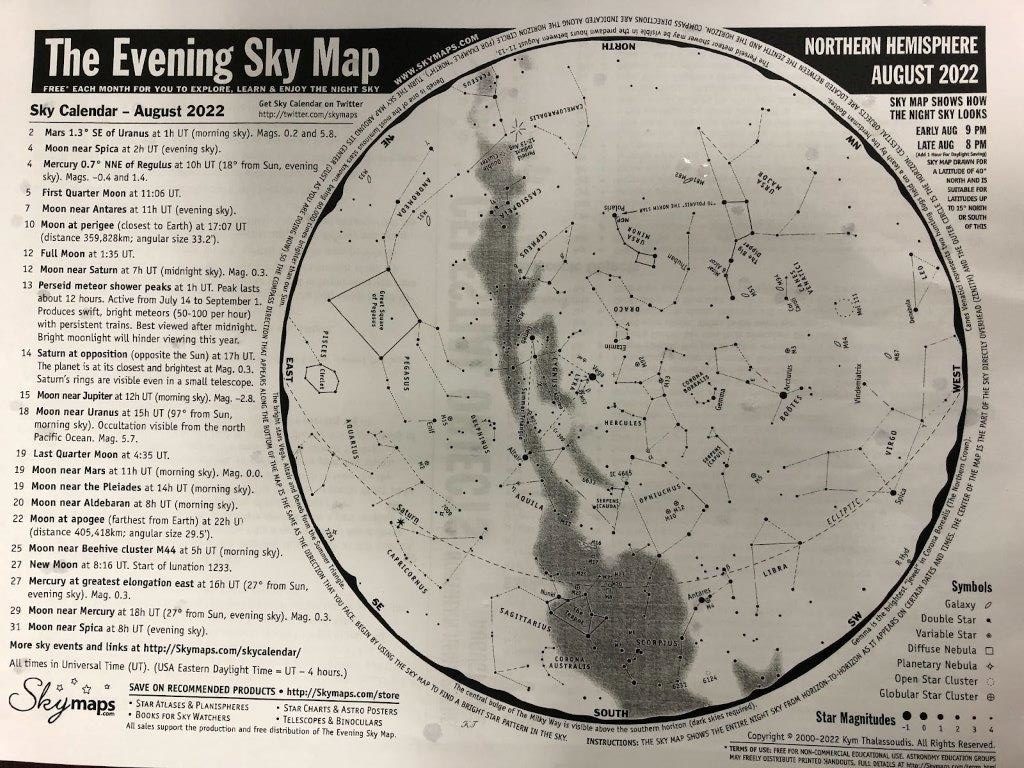
What to do when it’s rainy out and you still want to catch up on your astronomy? Well fortunately now a huge part of modern astronomy is cloud computing, big data and programing! Today I am aligning the cloud data storage for York Observatory and checking our hosting of the astronomer in residence program. It’s a quiet drizzle this morning at the park so perfect for coffee and programming (or reading!). The park is fairly nice to walk around even in rainy weather so if your legs are up to it I recommend checking out the beach or an easy hike if you want to avoid too muddy of a journey.
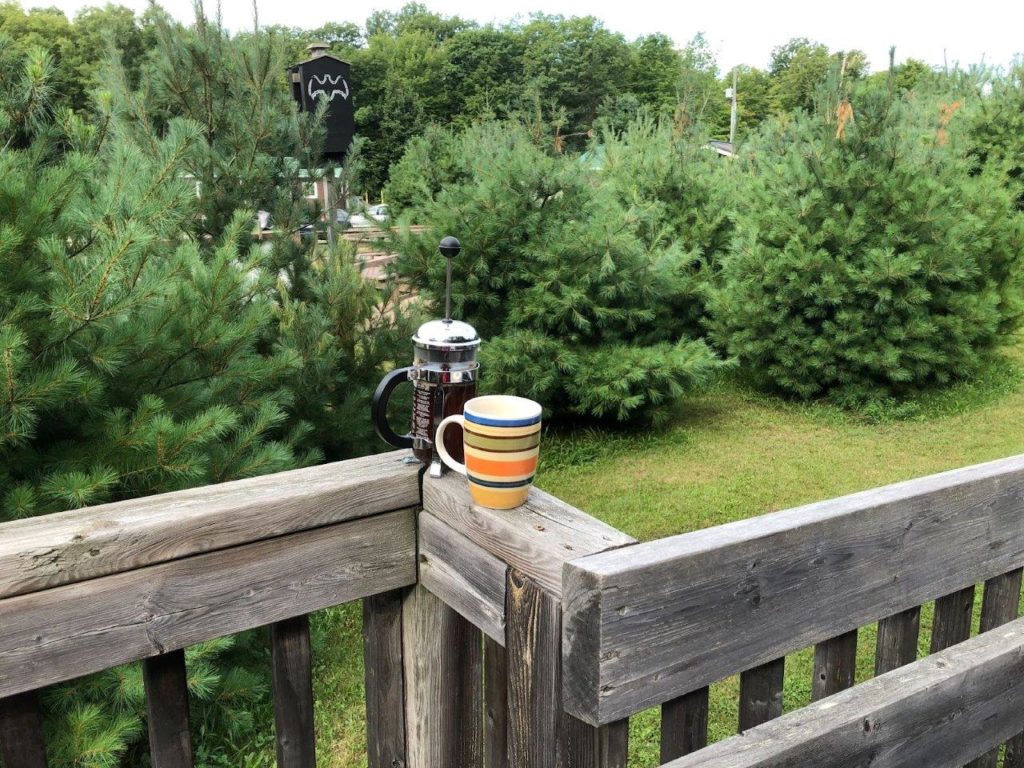
A few fun programming tips for rainy day astronomy, if you are looking to get started quickly I recommend a simple colab jupyter notebook like this one for simple features: https://colab.research.google.com/notebooks/basic_features_overview.ipynb.
Another great tool is to play some of the python or programming games like code combat (which at my last play through was still free!) https://codecombat.com/.
For some extra tips and tricks on programming in science, and in particular machine learning, I did a blog post over on github (a great way to manage public version control for your software), feel free to have a peek if you are curious! https://astrohyde.github.io/LearnML/.
Today is our planned solar viewing from 2-4pm! We were able to view several sunspots and used the filter for a naked (protected) eye view of the true size of the Sun. The Sun is the same angular size in the sky as the Moon, but it’s often a challenge to see because of course it is so bright you should never look directly at it. Since we have recently started Solar Cycle 25 (back in 2020 we had a minimum of sunspots!) we can now look forward to increased sunspots on the surface of the sun! We used the smaller 10 inch telescope and although it was a challenge with the clouds we used the solar filter as a giant sun viewer to show our visitors that the disk of the sun in the sky really is the same size as the moon, it just seems bigger because it’s so bright it’s hard to look at! We were eventually able to narrow in on several interesting sunspots, these areas are regions where the magnetic field of the sun has ‘tangled’ and the plasma in the sun has become more active. Since they are hard to see through clouds I printed out the solar views shown here in the blog and included the space weather facts for our onsite handouts. Since sunspots change regularly you can use the following sites to generate your own images of what is up currently on the sun:
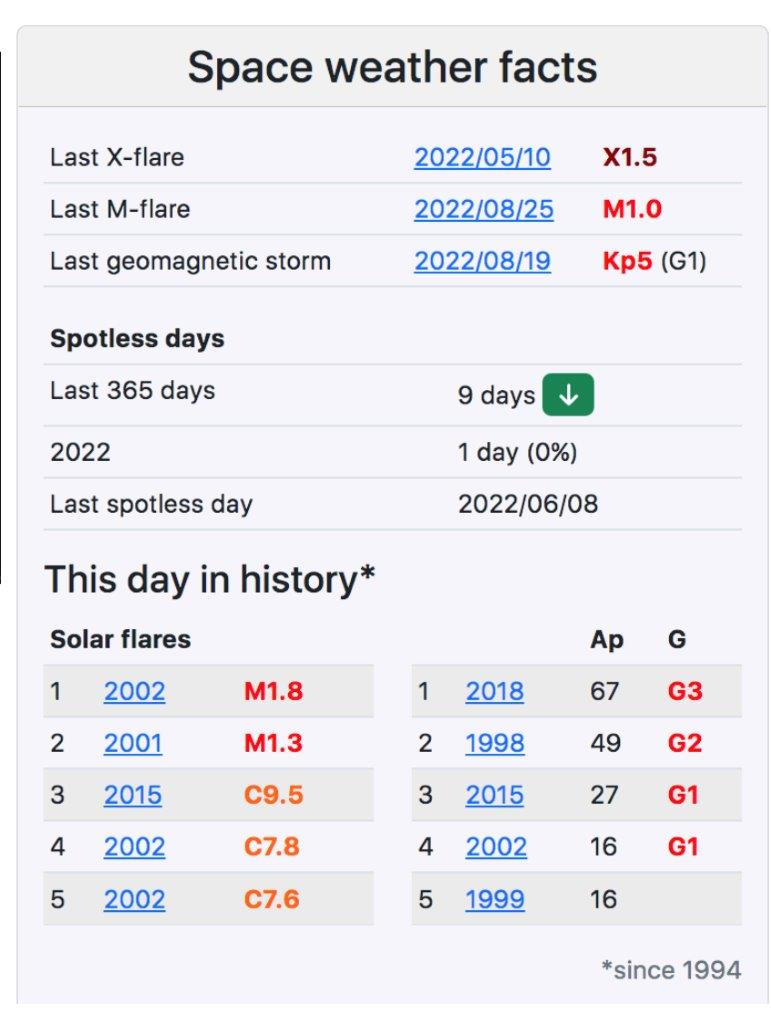
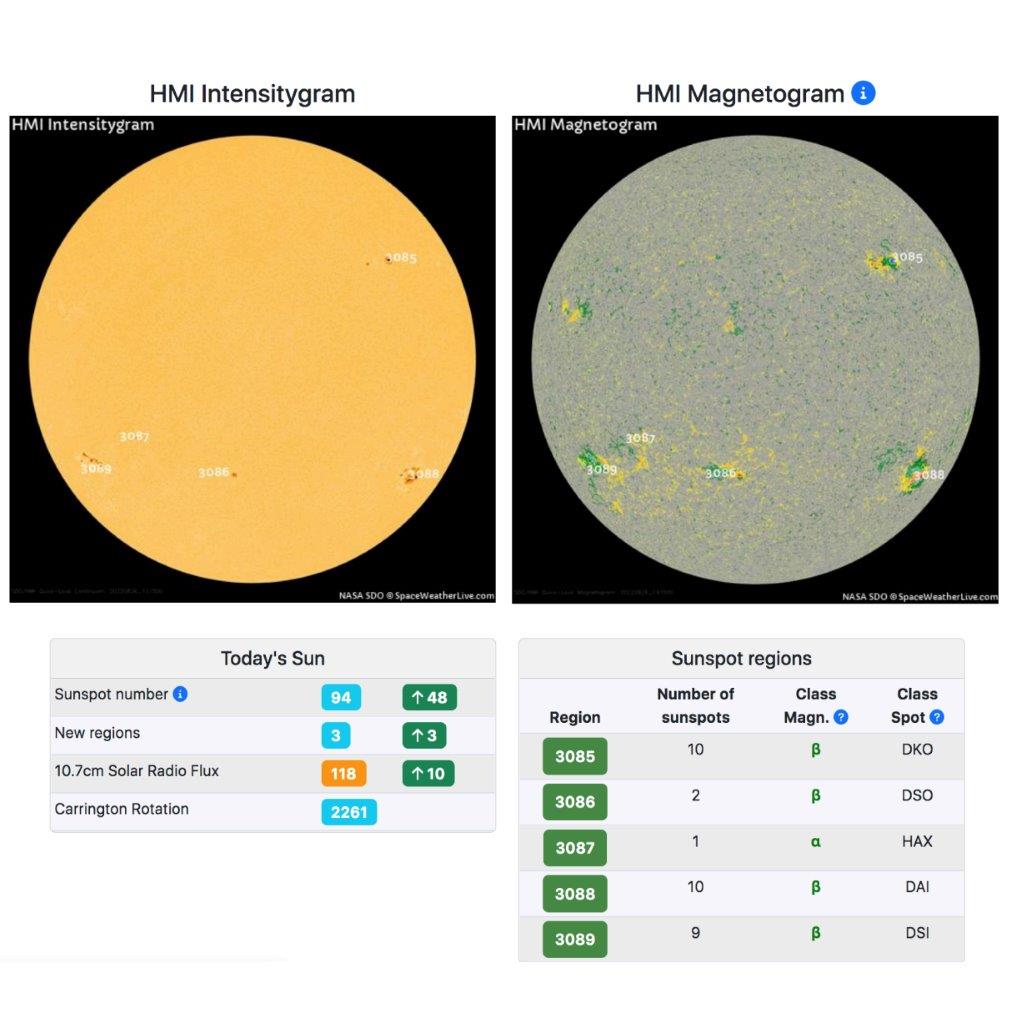
https://www.spaceweatherlive.com/en/solar-activity/sunspot-regions.html
https://soho.nascom.nasa.gov/sunspots/
https://www.nasa.gov/mission_pages/sdo/the-sun-now/index.html
A more active sun means that we here on Earth can look forward to a greater chance of aurora and if you are in Ontario you might even get to see some northern lights (although I must confess I have not seen any yet!).
Tonight I ran an evening drop in session under the beautiful soft light of the Milky Way! We had almost 100 people come by from 10pm-midnight and fortunately the mosquitoes all gave up around 11pm and we did have people who stayed until midnight. By eye you can easily see the Milky Way at the Killarney observatory and we all practiced navigating to Polaris, arcing to Arcturus and using the great square of Pegasus to find the Andromeda Galaxy. A few of the targets that we viewed with the telescope AND our eyeballs were:

- M31: Andromeda Galaxy: a barred spiral galaxy approximately 2.5 million light-years from Earth and the nearest large galaxy to the Milky Way. It’s mass (size) is the same order of magnitude as that of the Milky Way, at about 1 trillion solar masses.
- Albireo: appearing to the naked eye to be a single star through even a low-magnification telescope it's actually two components. The brighter yellow star, itself a very close binary system, makes a striking color contrast with its blue companion. It is not known whether the two are orbiting around each other, or if they are merely an optical double.
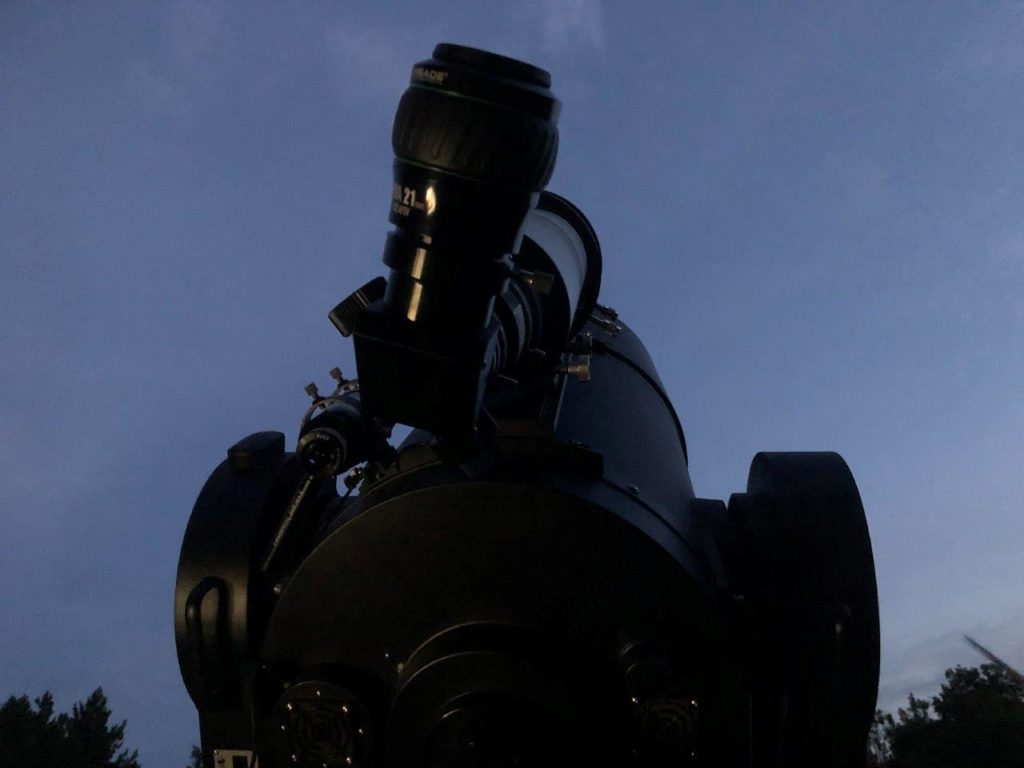
- Polaris: commonly called the North Star or Pole Star. It currently is less than 1° away from the north celestial pole, making it very handy for navigation. As the closest Cepheid variable its distance is used as part of the cosmic distance ladder. And if all that wasn’t enough, Polaris is a triple star system.
- M13 Hercules Globular Cluster: globular cluster of several hundred thousand stars in the constellation of Hercules. About 145 light-years in diameter, M13 is composed of several hundred thousand stars, and is 22,200–25,000 light-years away from Earth. It is one of over one hundred that orbit the center of the Milky Way.
- Saturn: visible tonight until almost sunrise, the unusual shape due to the large icy rings you can make out with good binoculars but we had a bit of haze which made it hard for detailed focusing
- Jupiter: took a little while to get above the trees but by 11pm we got to see it and all 4 Galilean moons!
- … and if we had been up a little later we could have gotten Mars as well!
As a note for stargazers, to make an observing plan you often need several sites, here are some that I used when planning this adventure:
https://www.timeanddate.com/astronomy/night/
Finally, in this evening of observing awesomeness we were able to connect online with the Allan I Carswell Observatory at York University, streaming the telescope view not only to the projector at Killarney Park but also LIVE on the observatory YouTube channel. Over 1 hour of live imaging from Killarney was captured and can be replayed for any of the curious here: https://youtu.be/KVC6bCSOvSQ
Time to catch up on posting, and perhaps go for a walk! Today I explored the ‘beach’ area at Killarney park, it turns out a lake actually can have a very nice sandy beach area. One great advantage of this location is that it also has a wide clear sky view, unobscured by trees. A great place to come out and practice your star hopping as well as a nice spot for a walk. I even saw a few brave campers out for a lake swim (although I was not one of them, the water certainly looked nice).
A few surprising events this Monday, I saw my first Killarney bear (from a safe distance) and then unfortunately didn’t get to see the launch we were hoping for! Please note the bear picture was taken from a safe distance and the parks staff closer by were fine. They just shouted and made noise so that the bear would not get any ideas about the apparently very odorific garbage truck that had not yet left the park. It was an extremely cute bear, but I wholly support staying nice and far away from any wildlife. I gather this kind of event is somewhat of a regular park phenomenon, so now you know why there are so many warnings about not leaving any food out!
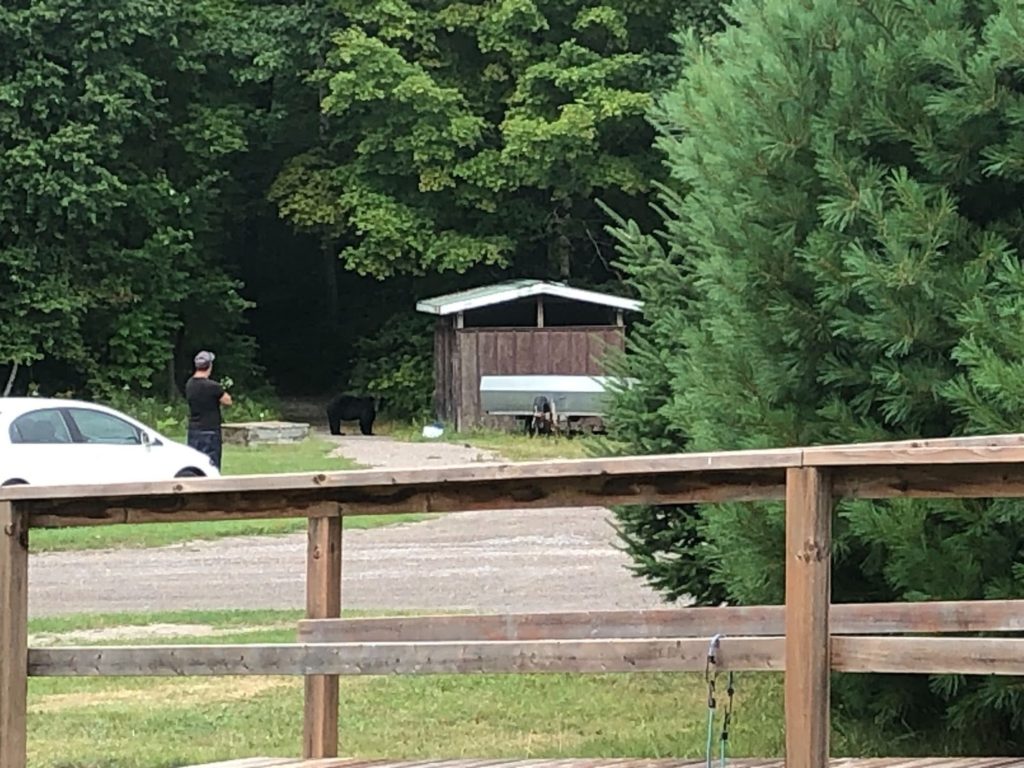
Today also saw myself, and many other astronomers, getting up uncharacteristically early. The ArtemisI launch was scheduled for 8am ET and got down to T-40 minutes but in the end had to be delayed due to the issues with getting one of the engines cooled properly and although repairs are scheduled it is not looking promising for this launch to go forward. At least since it is uncrewed no humans had to wait in the cockpit for a launch that didn’t happen but it is always a bit sad when it doesn’t go forward. Safety first as they say! It is unlikely that it will be delayed long enough for SpaceX to launch their heavy vehicle first, but I suppose we shall see.
There are many hiking spots around Killarney, but one you might not see on the regular maps is the lighthouse path near the town itself. One of the easiest walks and with some of the best scenery, I couldn’t pass up a chance to take an afternoon off and check it out. Down at the town area of Killarney if you drive in the direction of the (admittedly very small) airport you will come across signs for the lighthouse. The road is not well maintained so if you don’t have an off-road vehicle you should plan to hike up or at least go on a day when it will be dry. Once you are on your way the last part is hiking only but you get a lovely view of the Bay as well as the lighthouse at the end. It is quite windy at the lighthouse itself but it makes for a very easy and extremely scenic escape if you have a free afternoon around the park. I found it only took about an hour to wander around and have a very good exploration, so fast walkers can probably expect it to be less than a thirty minute expedition unless you choose to hike up from the airport road branch off point.
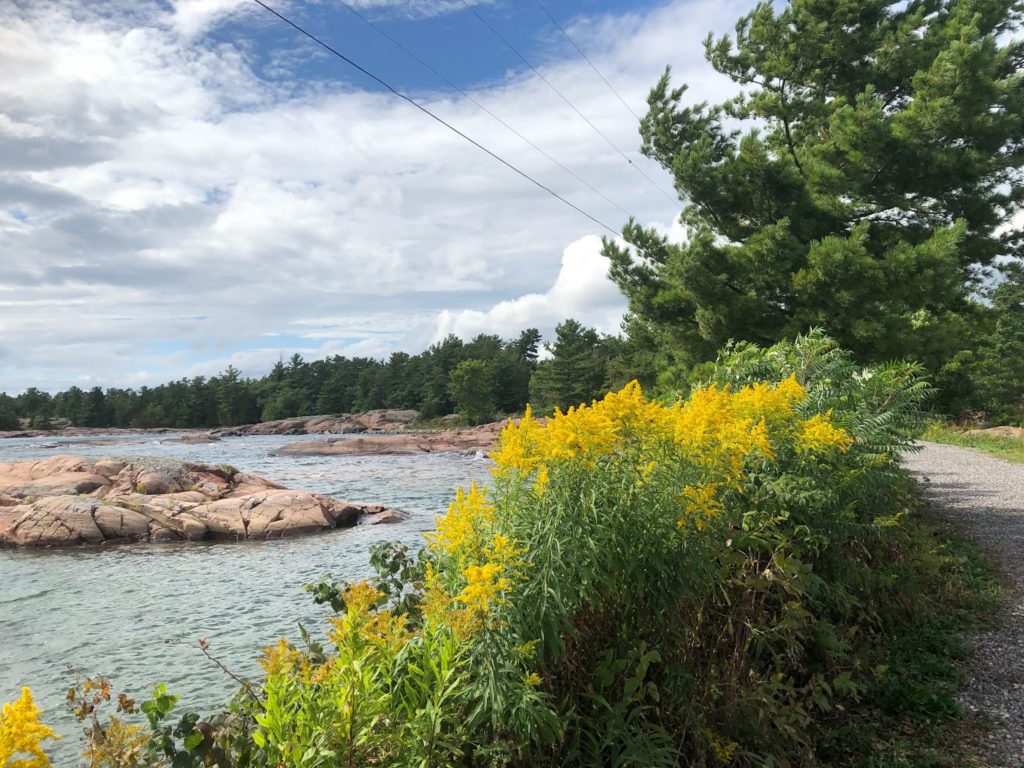
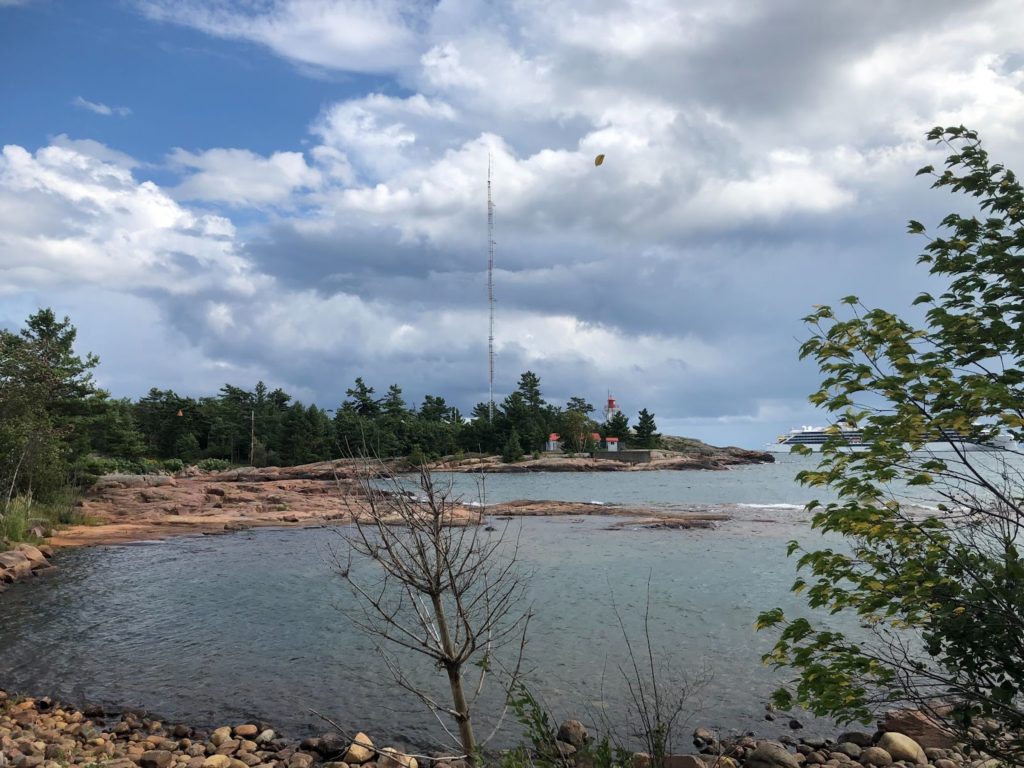
Tonight I am giving a talk back at the amphitheater location at Killarney to celebrate the ‘Back to the Moon’ programs currently happening, as well as the one that was hoping to happen this last Monday. I talked about the launch troubles that Artemis1 has had and our hopes for future Moon explorations. It is worth noting that the last humans stepped onto the Moon all the way back in 1972 with Apollo17, before many of the current lunar generation were even born! In fact only 9 human missions even got to go to the moon at all (shown in the picture here, image credit NASA).
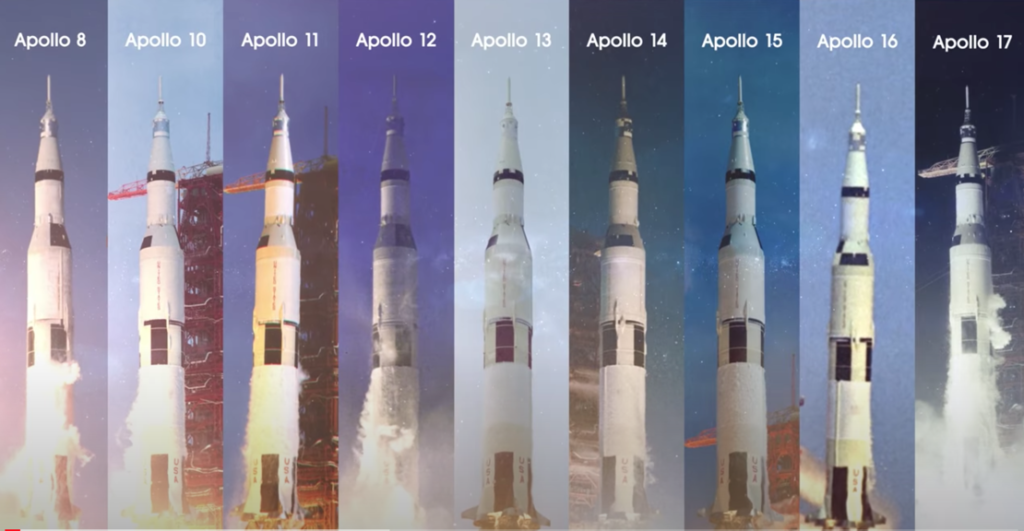
The Artemis mission in particular will consist of several steps and tests with a goal of setting humans once again on our lunar neighbor, Artemis1 is an uncrewed orbital trip around the moon and will conduct several experiments to help this goal. It will also, as a complete extra, be launching several small cubesats, one of which (NEA Scout) will rendezvous with an asteroid courtesy of its solar sail and send back high resolution images. These small spacecrafts are becoming much more popular now that electronics have gotten smaller and the rest of the 9 cubesats will help us study the moon and sun.
Although my talk at Killarney was not recorded our intrepid observatory crew did an episode tonight on Artemis1 over on our YouTube channel for all to see. If you missed it you can catch the recorded version here: https://youtu.be/8dJYN2ycg-E
Heading back to Toronto a bit early this week to get started on the next phase of our York Observatory and Killarney Parks astronomer in residence program, and of course to pick up a bit of a head start on preparing for Fall courses as well. A quick trip back to town to see the water, and of course a chance at an actual vacation ice cream!
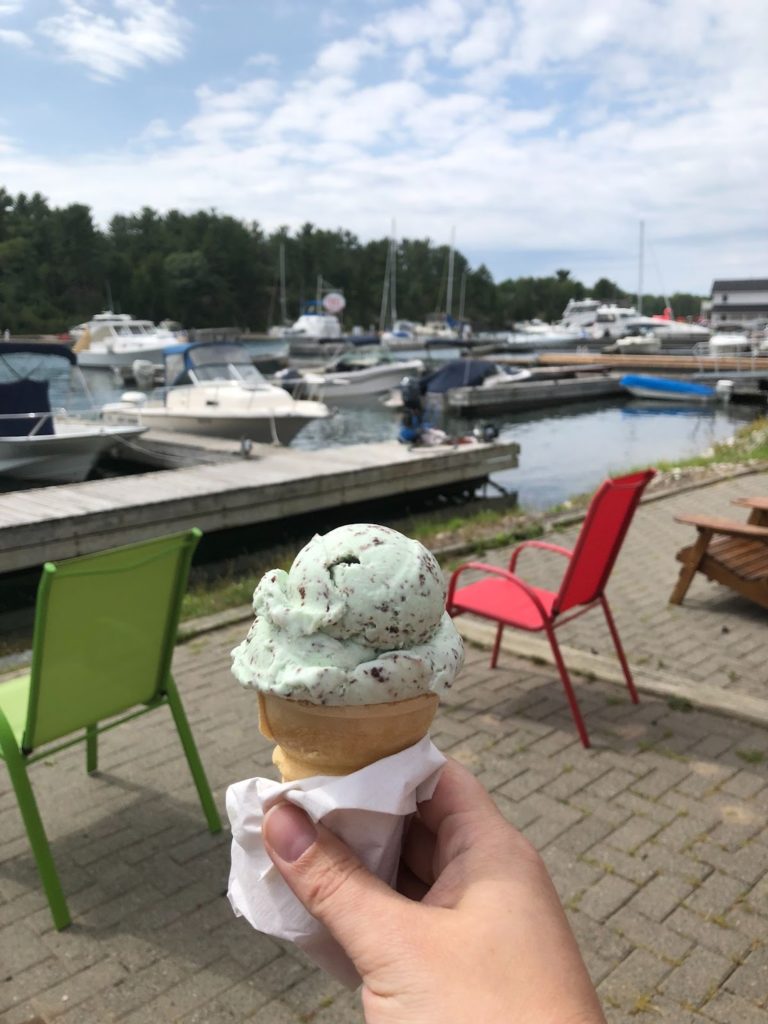
Just to assure you all that the wildlife here at Killarney can also be quite adorable and non-bear shaped, I was lucky enough to capture the famous Killarney observatory bicycle riding chipmunk! Granted, the bicycle does not move, but the chipmunk does like to run up to the handlebars so 10/10 for wildlife up here as far as I am concerned. Of course I’ll say the ice cream is pretty good too! As I journey back to prepare for the future I certainly hope that it holds a lot more Killarney astronomy adventures.
